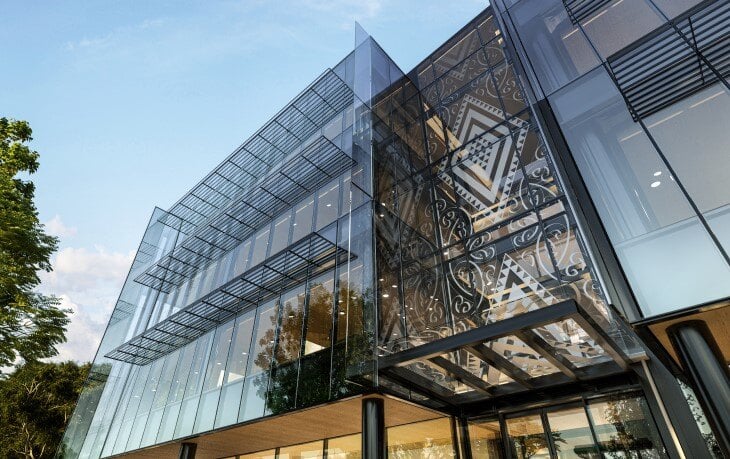Photo by Jamie Street on Unsplash
No.
There is no requirement in the government Budget documents for the newly announced billions of dollars on infrastructure to consider climate change or the need to build in a sustainable, green way.
Our team in the Budget lockup frantically combed through reams and reams of documents, checking to see if there were any conditions ensuring that this money was to be spent in a climate-friendly manner. When they couldn’t find any, they asked a very helpful government Treasury official if any such requirements existed in the Budget.
No, they were told.
Billions of dollars for key infrastructure is a significant spend, and will provide New Zealanders with new and refurbished important places, such as schools and hospitals. But buildings and construction make up 20% of New Zealand’s carbon footprint.
Announcing an extra $15billion for infrastructure with no commitment for this money to be spent in ways that will reduce our carbon pollution is not good enough. Especially for a government that has declared a climate emergency.
It’s clear that healthier, greener infrastructure is needed right now. That’s what makes our new report, Green Star in focus: the case for sustainable social infrastructure, so timely. This report shows the need for better decision making to manage the climate impacts of the buildings and spaces we use, and calls on government to lead the way through their purchasing power.
Without slashing the carbon pollution from construction and infrastructure, we’re going to miss our international obligations on climate change. Our government is spending billions of dollars right now on infrastructure.
But if there is no clear direction from our politicians that climate change must be taken into account when building these projects, it’s going to cause pollution to soar, and saddle the country with unhealthy, inefficient schools, hospitals and other public buildings.
The report, produced alongside our mates over at the Green Building Council of Australia, shows that nearly 200 social infrastructure projects on both sides of the Tasman, including hospitals, schools and universities, libraries, bus and train stations, sporting facilities, community centres and social housing, have achieved Green Star certification and are delivering sustainable outcomes for the government and our communities. The report also sets out how certifying to green standards verifies compliance with the New Zealand Government’s Procurement Whole-of-life Construction Guidelines, the Government’s Sustainable Construction Guidelines, and the Carbon Neutral Government Programme for the public sector.
Government must lead by example, the report says, and as ‘the biggest players in property, construction and procurement, governments have a critical role to play in making more sustainable procurement decisions that catalyse positive changes in the supply chain, drive innovation and build industry capacity.’ They need to deliver lower carbon outcomes and evidence this at the built stage.
If you would like government to instead be saying ‘yes’ to questions like that raised at the beginning of this piece, and agree that government should be playing this important role, then do have a read of the report, and please share it with any colleagues who may find it useful too.
As always, please drop me or any member of the team here a line with any questions or suggestions.
Ngā mihi
Andrew



